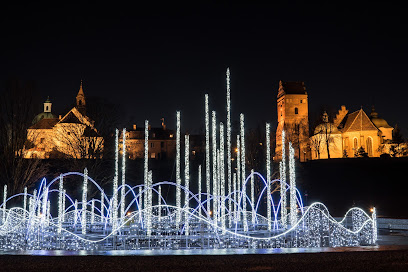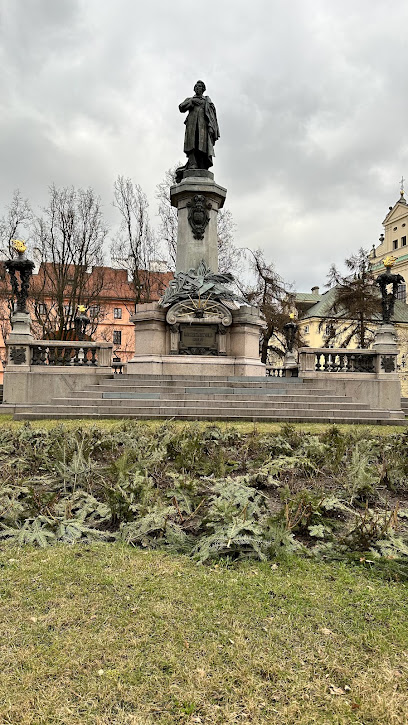
Charming Old Town of Warsaw: A Timeless Journey
Explore Warsaw's Old Town: A UNESCO World Heritage Site filled with historical landmarks, charming streets, and vibrant culture. Discover the heart of Poland's capital.
The Old Town of Warsaw, known locally as Stare Miasto, is a vibrant historical center that transports visitors back in time. This UNESCO World Heritage site is a testament to the resilience and spirit of Warsaw, having been meticulously rebuilt after World War II. Today, it stands as a symbol of the city's rich cultural heritage and enduring beauty. Wander through its narrow, cobblestone streets and you'll find yourself surrounded by colorful buildings, each with a story to tell. The Market Square, with its lively atmosphere and charming cafes, is the heart of the Old Town. Here, you can enjoy traditional Polish cuisine while taking in the picturesque views of the Mermaid Statue, a symbol of Warsaw. Historical landmarks are abundant in the Old Town. The Royal Castle, once the residence of Polish monarchs, offers a fascinating glimpse into the nation's past. St. John's Archcathedral, with its impressive Gothic architecture, is another must-see. Don't miss the Barbican, a fortified outpost that once protected the city from invaders. As you explore, you'll discover hidden gems such as quaint shops selling handmade crafts and souvenirs. Street performers add to the lively ambiance, making every visit to the Old Town a unique experience. Whether you're a history buff, a foodie, or simply looking to soak up the vibrant culture, the Old Town of Warsaw promises an unforgettable journey.
Local tips in Old Town
- Visit early in the morning or late in the afternoon to avoid crowds and enjoy a more peaceful experience.
- Wear comfortable shoes as the cobblestone streets can be uneven.
- Try traditional Polish dishes at local cafes and restaurants in the Market Square.
- Take a guided tour to learn more about the rich history and significance of the landmarks.
- Don't miss the view from the observation deck of the Royal Castle for a stunning panorama of the city.
Charming Old Town of Warsaw: A Timeless Journey
The Old Town of Warsaw, known locally as Stare Miasto, is a vibrant historical center that transports visitors back in time. This UNESCO World Heritage site is a testament to the resilience and spirit of Warsaw, having been meticulously rebuilt after World War II. Today, it stands as a symbol of the city's rich cultural heritage and enduring beauty. Wander through its narrow, cobblestone streets and you'll find yourself surrounded by colorful buildings, each with a story to tell. The Market Square, with its lively atmosphere and charming cafes, is the heart of the Old Town. Here, you can enjoy traditional Polish cuisine while taking in the picturesque views of the Mermaid Statue, a symbol of Warsaw. Historical landmarks are abundant in the Old Town. The Royal Castle, once the residence of Polish monarchs, offers a fascinating glimpse into the nation's past. St. John's Archcathedral, with its impressive Gothic architecture, is another must-see. Don't miss the Barbican, a fortified outpost that once protected the city from invaders. As you explore, you'll discover hidden gems such as quaint shops selling handmade crafts and souvenirs. Street performers add to the lively ambiance, making every visit to the Old Town a unique experience. Whether you're a history buff, a foodie, or simply looking to soak up the vibrant culture, the Old Town of Warsaw promises an unforgettable journey.
Iconic landmarks you can’t miss
The Royal Castle in Warsaw
Discover the Royal Castle in Warsaw, a stunning blend of history, art, and royal heritage, perfect for tourists seeking a glimpse into Poland's past.
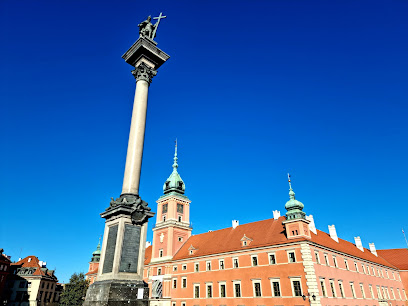
Sigismund's Column
Explore the iconic Sigismund's Column in Warsaw, a stunning monument celebrating Poland's rich history and a must-visit for every tourist.

Observation deck
Experience the stunning views of Warsaw from the Observation Deck, a premier tourist attraction showcasing the city's rich history and vibrant skyline.
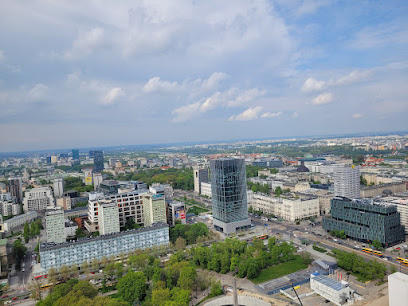
Warsaw Barbican
Explore the rich history and stunning architecture of the Warsaw Barbican, a must-visit landmark in the heart of Poland's capital.
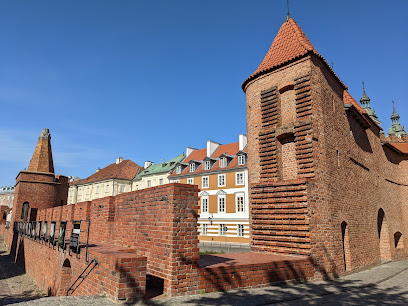
Tomb of the Unknown Soldier
Explore the Tomb of the Unknown Soldier in Warsaw, a poignant war memorial that honors the brave souls who defended Poland's freedom.
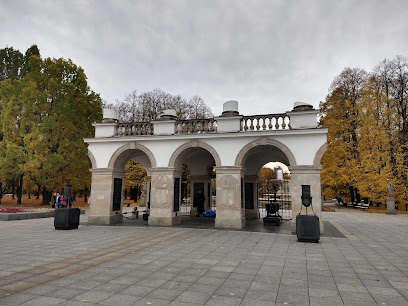
Warsaw Uprising Monument
Explore the poignant Warsaw Uprising Monument, honoring the courageous spirit of Polish resistance and a vital part of Warsaw's historical narrative.
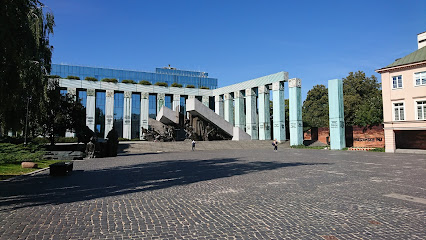
Archcathedral Basilica of St. John the Baptist
Discover the breathtaking beauty and spiritual depth of the Archcathedral Basilica of St. John the Baptist, a stunning symbol of Poland's rich history.
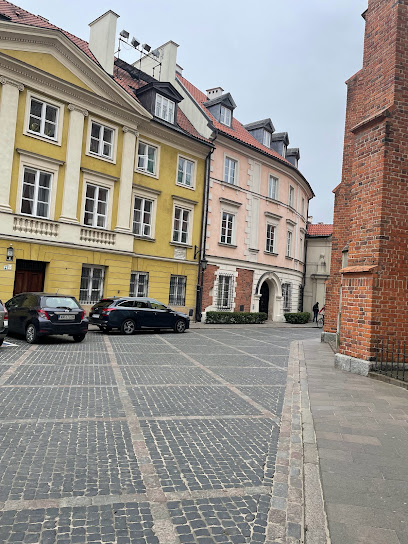
Museum of Warsaw
Explore Warsaw's vibrant history at the Museum of Warsaw, where captivating exhibitions unveil the city's rich past and cultural evolution.
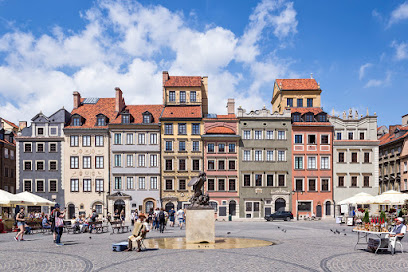
Castle Square, Warsaw
Discover the enchanting Castle Square in Warsaw, a historic landmark where history meets vibrant city life amidst stunning architecture.

Royal Route
Discover the Royal Route in Warsaw, a breathtaking journey through Poland's rich history, lined with stunning architecture and vibrant culture.
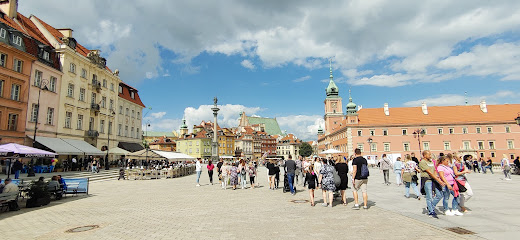
Old Town in Warsaw
Discover Warsaw's Old Town: A UNESCO World Heritage site brimming with history, vibrant culture, and stunning architecture.
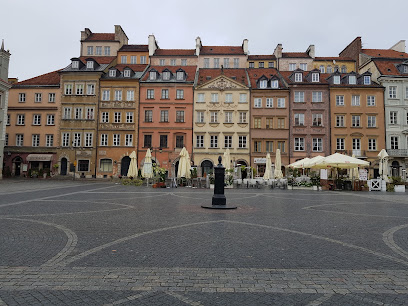
The Wishing Bell
Experience the enchanting Wishing Bell in Warsaw, where centuries of wishes come to life amid stunning historical charm and local folklore.
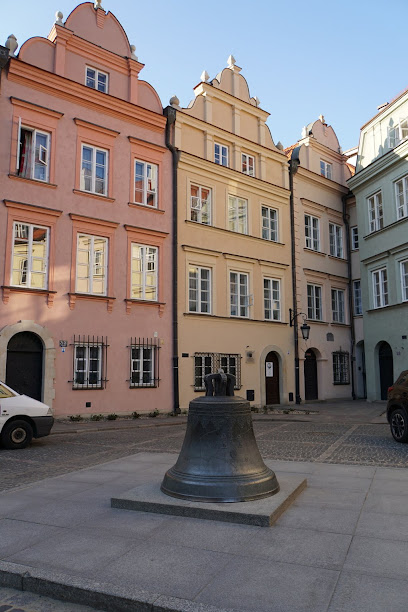
Centro Historico
Explore the enchanting Centro Historico in Warsaw, where history, culture, and vibrant street life converge in a picturesque setting.
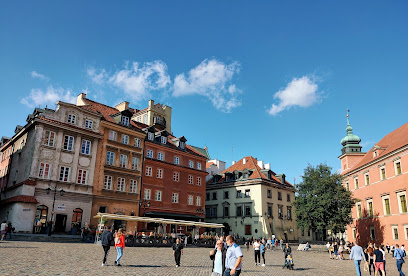
Old water pump
Uncover the historical charm of the Old Water Pump in Warsaw, a fascinating landmark reflecting the city's rich cultural heritage.
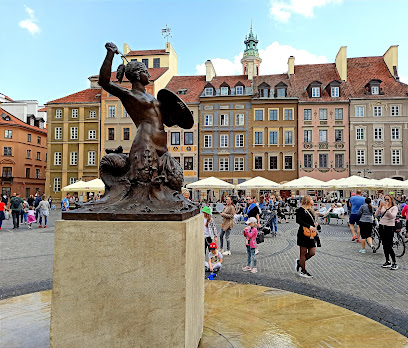
The Boy and the Swan
Experience the serene beauty of The Boy and the Swan in Warsaw's Ogród Saski, a perfect retreat for relaxation and reflection amidst nature.
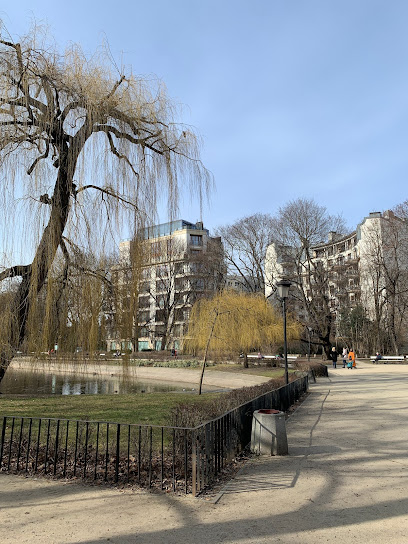
Unmissable attractions to see
Essential places to dine
Bazyliszek Restaurant
Experience authentic Polish flavors at Bazyliszek Restaurant in Warsaw's historic Old Town – where tradition meets taste.

GOŚCINIEC Polskie Pierogi
Experience authentic Polish cuisine at GOŚCINIEC Polskie Pierogi, where every dish tells a story.
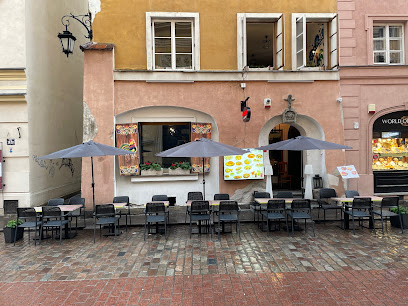
Zapiecek
Experience authentic Polish cuisine at Zapiecek – home of delicious dumplings in the heart of Warsaw.
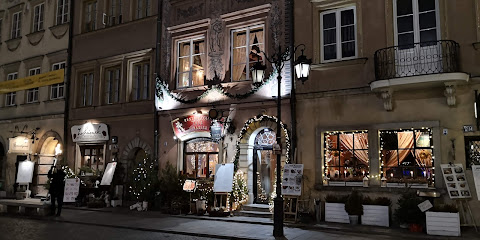
Karmnik
Experience authentic Polish cuisine at Karmnik in Warsaw - where tradition meets flavor in a cozy setting.
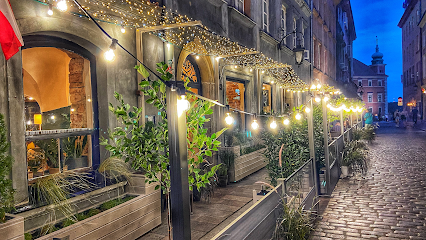
Restauracja Kamienne Schodki s.c.
Experience authentic Polish cuisine at Restauracja Kamienne Schodki in Warsaw's historic Old Town—where tradition meets taste.
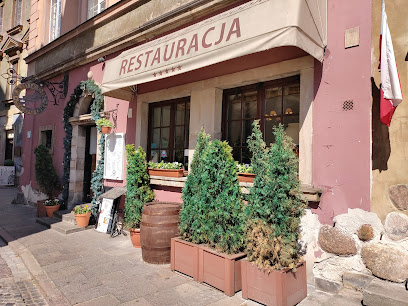
Restauracja U Barssa
Experience authentic Polish cuisine at Restauracja U Barssa in Warsaw's picturesque Old Town, where tradition meets modern dining.
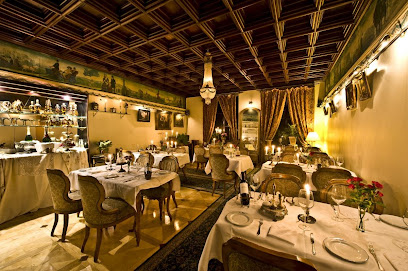
Restauracja Portretowa
Experience authentic Polish cuisine in the heart of Warsaw at Restauracja Portretowa – where tradition meets contemporary taste.

Restauracja Romantyczna
Experience exquisite Polish cuisine in a romantic setting at Restauracja Romantyczna in Warsaw's enchanting Old Town.
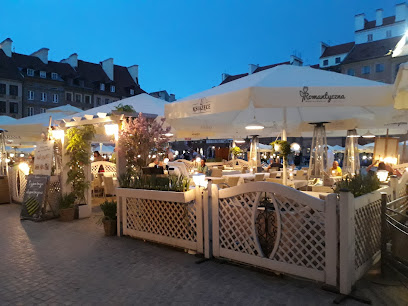
Romantyczna Restauracja
Experience exquisite Polish cuisine at Romantyczna Restauracja, nestled in Warsaw's enchanting Old Town.
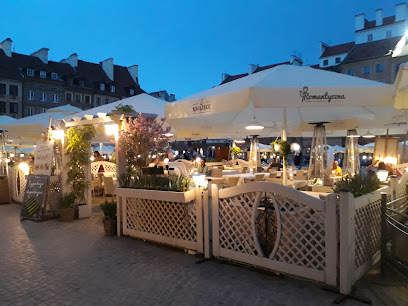
Restauracja Przy Zamku
Discover authentic Polish cuisine at Restauracja Przy Zamku, where tradition meets elegance in the heart of Warsaw.
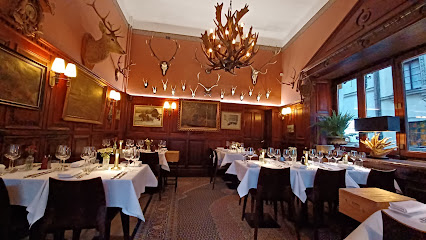
Markets, malls and hidden boutiques
Souvenir Plaza
Explore Souvenir Plaza in Warsaw for unique Polish souvenirs and outdoor gear, perfect for every traveler looking to take home a piece of Poland.
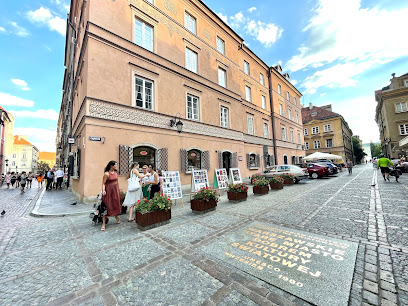
Amber Art Gallery. Silver Line.
Explore the exquisite craftsmanship of amber jewelry and art at Amber Art Gallery in the heart of Warsaw's Old Town.
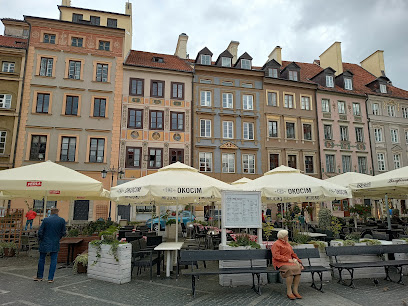
SOUVENIRCITY
Discover the essence of Poland at SouvenirCity, where unique pottery and authentic keepsakes await to bring a piece of culture home.
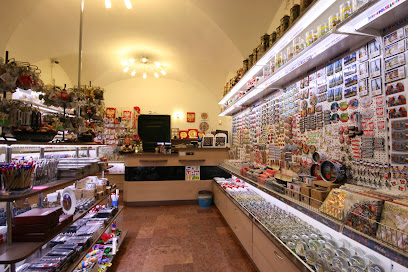
House of Polish Folk Art
Discover the artistic heart of Poland at the House of Polish Folk Art, where tradition meets creativity in every piece.
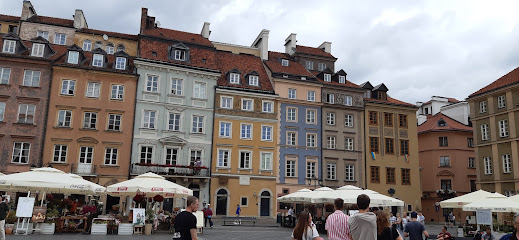
Magnetic Warsaw
Explore a treasure trove of unique Polish souvenirs at Magnetic Warsaw, where every item tells a story of tradition and culture.
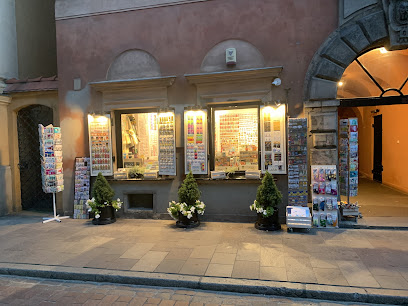
Sklep z Pamiątkami Gregory
Explore the vibrant essence of Warsaw at Sklep z Pamiątkami Gregory, your go-to souvenir store for unique Polish crafts and gifts.
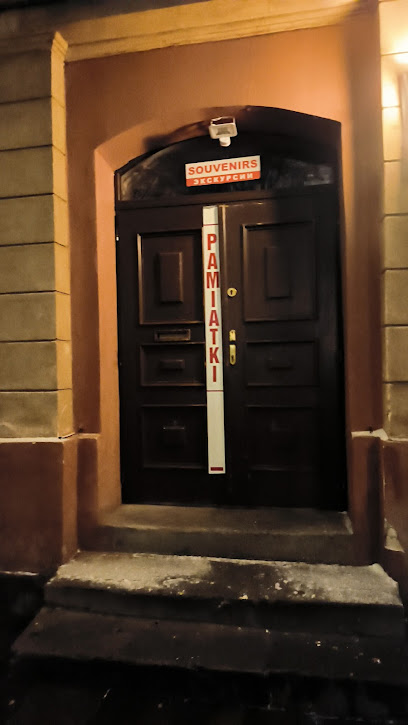
Sklep August Galeria
Explore Sklep August Galeria in Warsaw for authentic Polish souvenirs and handcrafted treasures that capture the essence of Poland.
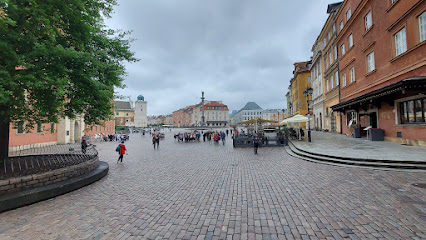
Mix-Shop SOUVENIRS
Explore the heart of Polish craftsmanship at Mix-Shop SOUVENIRS, where unique treasures await every traveler in Warsaw.
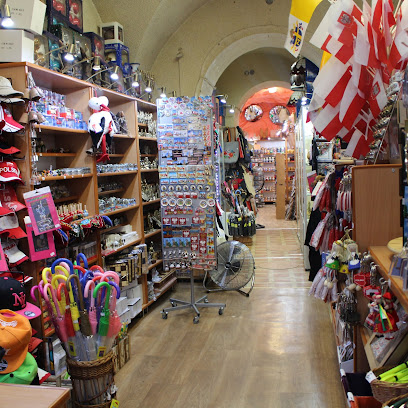
Souvenir Studio
Explore Souvenir Studio in Warsaw for unique handmade gifts and local treasures that capture the essence of Poland.

Magic Gift Shop
Explore the Magic Gift Shop in Warsaw for unique souvenirs and gifts that embody the charm of Polish culture.
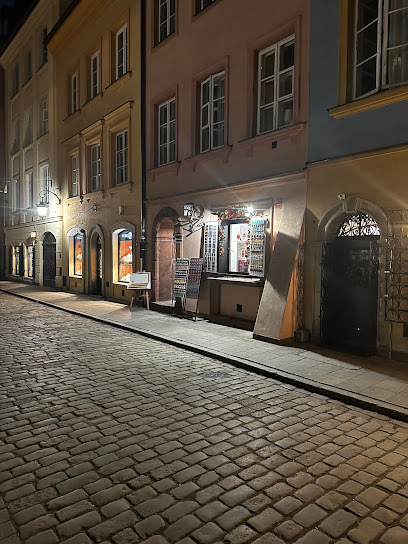
Essential bars & hidden hideouts
GOŚCINIEC Polskie Pierogi
Experience the authentic flavors of Poland with delicious dumplings at GOŚCINIEC Polskie Pierogi in the heart of Warsaw.
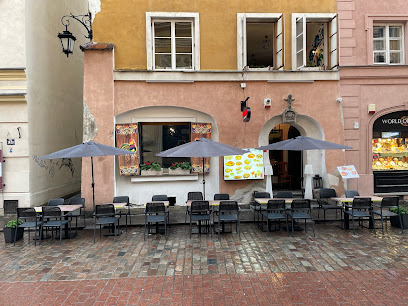
Irish Pub Miodowa
Discover authentic Irish cuisine and a friendly atmosphere at Irish Pub Miodowa, a must-visit spot in Warsaw for food and fun.
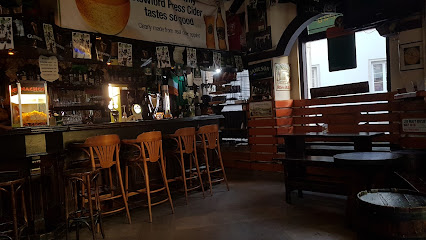
Karmnik
Discover Karmnik, a charming bar and Polish restaurant in Warsaw, serving delightful traditional dishes and local brews in a cozy atmosphere.
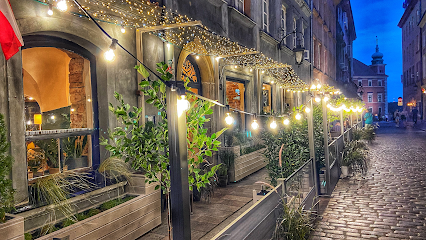
Same Krafty - Multitap
Discover Same Krafty - Multitap, a lively bar in Warsaw offering craft beers and delicious fast food, perfect for tourists exploring the city's nightlife.
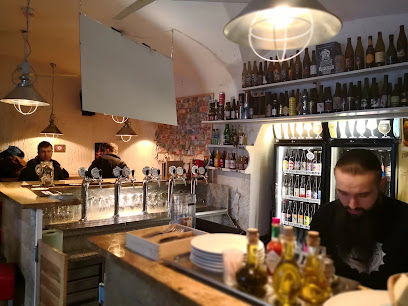
Belgian Elephant Pub
Discover the authentic taste of Belgium at the Belgian Elephant Pub, where exceptional brews and delightful dishes await every visitor in Warsaw.

WarSaw Pub
Experience the best of Warsaw at WarSaw Pub, a lively brewpub with craft beers, delicious food, and vibrant entertainment options.
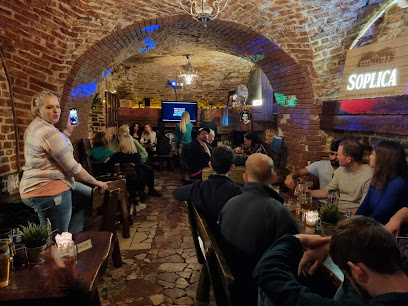
Podwale Bar and Books
Discover the elegance of Podwale Bar and Books, a literary-themed bar in Warsaw offering exquisite drinks and a cozy atmosphere for relaxation.
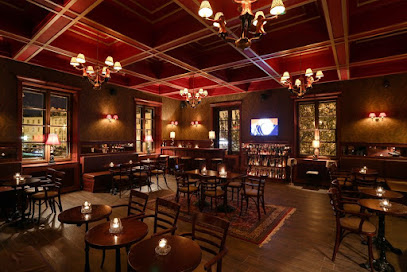
Shabby Coffee • Wine • Books
Immerse yourself in a unique blend of coffee, wine, and literature at Shabby Coffee • Wine • Books in Warsaw, a must-visit for all visitors.
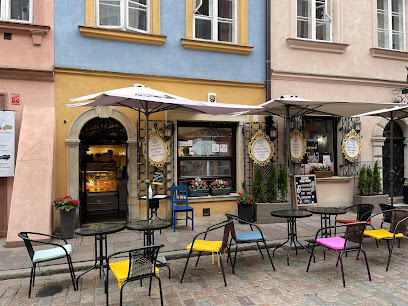
The Roots Cocktail Bar & More
Discover the vibrant nightlife of Warsaw at The Roots Cocktail Bar, where innovative cocktails meet a stylish atmosphere.

Column Bar
Experience the elegance of Column Bar at Hotel Bristol, where exquisite cocktails and live music create a unique nightlife experience in Warsaw.
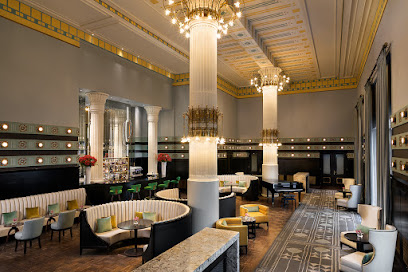
Local Phrases
-
- HelloCześć
[cheh-shch] - GoodbyeDo widzenia
[doh veed-zen-yah] - YesTak
[tahk] - NoNie
[nyeh] - Please/You're welcomeProszę
[proh-sheh] - Thank youDziękuję
[jen-koo-yeh] - Excuse me/SorryPrzepraszam
[pzeh-prah-shahm] - How are you?Jak się masz?
[yahk sh-ch masz] - Fine. And you?Dobrze. A ty?
[dohb-zheh. ah tih] - Do you speak English?Czy mówisz po angielsku?
[chi mooh-vish poh ahn-gyehl-skooh] - I don't understandNie rozumiem
[nyeh roh-zoo-myem]
- HelloCześć
-
- I'd like to see the menu, pleaseChciałbym zobaczyć menu, proszę
[h-chyah-wihm zoh-bah-ch-ch meh-noo, proh-sheh] - I don't eat meatNie jem mięsa
[nyeh yem myen-sah] - Cheers!Na zdrowie!
[nah zdroh-vyeh] - I would like to pay, pleaseChciałbym zapłacić, proszę
[h-chyah-wihm zah-plah-chich, proh-sheh]
- I'd like to see the menu, pleaseChciałbym zobaczyć menu, proszę
-
- Help!Pomocy!
[poh-moh-tsi] - Go away!Odejdź!
[oh-deh-jsh] - Call the Police!Zadzwoń po policję!
[zahd-zwohn poh po-lee-tsyeh] - Call a doctor!Zadzwoń po lekarza!
[zahd-zwohn poh leh-kah-zah] - I'm lostZgubiłem się
[zgoo-bi-wehm sh-ch] - I'm illJestem chory
[yeh-stem hoh-ri]
- Help!Pomocy!
-
- I'd like to buy...Chciałbym kupić...
[h-chyah-wihm koo-peech] - I'm just lookingTylko się rozglądam
[tih-koh sh-ch rohz-gwah-dahm] - How much is it?Ile to kosztuje?
[ee-leh toh kohs-too-yeh] - That's too expensiveTo za drogie
[toh zah droh-gyeh] - Can you lower the price?Czy możesz obniżyć cenę?
[chi moo-zhesh ohb-nee-zhich tseh-neh]
- I'd like to buy...Chciałbym kupić...
-
- What time is it?Która jest godzina?
[k-too-rah yest goh-dzee-nah] - It's one o'clockJest pierwsza
[yest pyeh-veern-shah] - Half past (10)Pół do dziesiątej
[poow doh dzyeh-shont-ey] - MorningRano
[rah-noh] - AfternoonPopołudnie
[poh-poo-wood-nyeh] - EveningWieczór
[vyeh-choor] - YesterdayWczoraj
[v-chaw-rye] - TodayDziś
[jeesh] - TomorrowJutro
[yoo-troh] - 1Jeden
[yeh-den] - 2Dwa
[dvah] - 3Trzy
[tshih] - 4Cztery
[ch-teh-rih] - 5Pięć
[pyehnch] - 6Sześć
[shehshch] - 7Siedem
[sh-chyeh-dem] - 8Osiem
[oh-shem] - 9Dziewięć
[dzyeh-vyehnch] - 10Dziesięć
[dzyeh-shont-eych]
- What time is it?Która jest godzina?
-
- Where's a/the...?Gdzie jest...
[gdz-yeh yest] - What's the address?Jaki jest adres?
[yah-ki yest ah-dresh] - Can you show me (on the map)?Czy możesz mi pokazać (na mapie)?
[chi moo-zhesh mee poh-kah-zah-ch (nah mah-pyeh)] - When's the next (bus)?Kiedy jest następny (autobus)?
[kyeh-dih yest nah-stehp-ny (ow-toh-boos)] - A ticket (to ....)Bilet (do ....)
[bee-leht (doh)]
- Where's a/the...?Gdzie jest...
History of Old Town
-
Warsaw's Old Town was established in the 13th century, originally as a settlement on the banks of the Vistula River. The area quickly became a hub for trade and commerce, facilitated by its strategic location. By the late 14th century, it gained prominence as the capital of the Duchy of Masovia, with the construction of the first fortifications that would later define its layout.
-
In 1596, King Sigismund III Vasa moved the Polish capital from Kraków to Warsaw, elevating Old Town's status. The Royal Castle was reconstructed during this time as a symbol of monarchy and power, becoming the official residence of Polish kings. This period saw the Old Town flourish architecturally, with the establishment of elegant squares, churches, and palaces.
-
The Old Town suffered catastrophic destruction during World War II, particularly during the Warsaw Uprising in 1944 when Nazi troops systematically razed the area. Approximately 85% of the buildings were destroyed, leading to the loss of historical landmarks and cultural heritage. The devastation marked a significant low point in the neighborhood's history.
-
Post-war reconstruction of Old Town began soon after the war, with a concerted effort to restore its original appearance. The process involved meticulous research and craftsmanship, resulting in the faithful recreation of historical buildings. In 1980, Old Town was designated a UNESCO World Heritage Site, recognized for its cultural significance and resilience.
-
Today, Old Town is not only a historical landmark but also a vibrant cultural hub. The area hosts numerous festivals, art exhibitions, and performances that celebrate Polish culture. The cobbled streets, lively cafes, and local artisans contribute to an atmosphere that attracts both tourists and locals, making it a living testament to Warsaw's rich historical tapestry.
Old Town Essentials
-
Old Town is easily accessible from various neighborhoods in Warsaw. If you're arriving by train, the nearest major station is Warsaw Central Station (Warszawa Centralna). From there, you can take tram line 22 or bus number 175 to reach Old Town in about 20-30 minutes. Alternatively, you can take a taxi or use ride-sharing services, which provide a convenient way to travel directly to the heart of Old Town.
-
Old Town is primarily pedestrian-friendly, making it ideal for exploring on foot. Public transport options include trams and buses that connect to surrounding areas. For a more leisurely experience, consider renting a bicycle or using one of the bike-sharing systems available in Warsaw. Taxis and ride-sharing services are also easily accessible for longer distances.
-
Old Town is generally a safe area for tourists, but it's always wise to remain vigilant. Avoid poorly lit streets at night and keep your belongings secure. While there are no specific high-crime areas targeting tourists, petty theft can occur in crowded places, so be cautious in tourist hotspots like Castle Square and along the Royal Route.
-
In case of an emergency, dial 112 for assistance. Local hospitals and medical facilities are available throughout Warsaw, including in Old Town. It's advisable to have travel insurance that covers health emergencies. For minor medical issues, pharmacies are available, and many are open late.
-
Fashion: Do dress comfortably and appropriately for walking; consider the weather. Don’t wear overly casual clothes when dining in nicer establishments. Religion: Do respect local customs, especially when visiting churches. Women should cover their shoulders and knees. Public Transport: Do validate your ticket before boarding. Don't use your phone loudly on public transport. Greetings: Do greet locals with a friendly 'Dzień dobry' (Good day). Don’t forget to smile! Eating & Drinking: Do try the local cuisine, especially pierogi. Don’t eat while walking; it’s more respectful to eat at a café or restaurant.
-
To experience Old Town like a local, visit the small cafés and bakeries that line the cobblestone streets. Try to learn a few basic Polish phrases to connect with the locals. Join a guided walking tour to gain insights into the rich history of the area. Don’t miss out on the Sunday markets where you can find handmade crafts and local delicacies. Also, take a stroll along the Vistula Boulevards for stunning views of the river and city.
Trending Landmarks in Old Town
-
The Royal Castle in Warsaw
-
Sigismund's Column
-
Observation deck
-
Warsaw Barbican
-
Tomb of the Unknown Soldier
-
Warsaw Uprising Monument
-
Archcathedral Basilica of St. John the Baptist
-
Museum of Warsaw
-
Castle Square, Warsaw
-
Royal Route
-
Old Town in Warsaw
-
The Wishing Bell
-
Centro Historico
-
Old water pump
-
The Boy and the Swan
Nearby Cities to Old Town
-
Things To Do in Radom
-
Things To Do in Lodz
-
Things To Do in Lublin
-
Things To Do in Kielce
-
Things To Do in Olsztyn
-
Things To Do in Bialystok
-
Things To Do in Torun
-
Things To Do in Czestochowa
-
Things To Do in Bydgoszcz
-
Things To Do in Elblag
-
Things To Do in Suwalki
-
Things To Do in Tarnow
-
Things To Do in Krakow
-
Things To Do in Rzeszow
-
Things To Do in Gliwice











